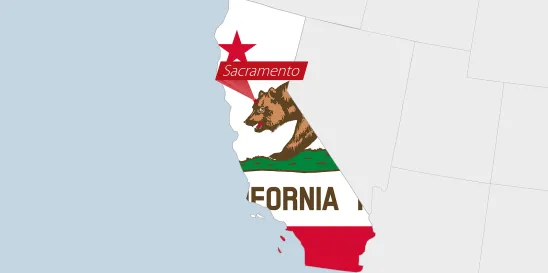Effective July 1, 2024, nearly every California employer will be required to implement a comprehensive workplace violence prevention plan with very specific requirements.
Quick Hits
- Effective July 1, 2024, SB 553 will require virtually every California employer to implement a comprehensive workplace violence prevention plan.
- The new law does not have an implementation grace period.
In a webinar we recently presented on Senate Bill (SB) No. 553, California’s groundbreaking new law establishing the state’s first general industry workplace violence prevention requirements, employers asked a broad range of questions regarding the law’s provisions, nuances, and potential exceptions. Given the complexity of SB 553—we previously answered twelve questions on the law addressing, among other things, the law’s coverage, applicability, and reporting requirements—it makes sense to continue the discussion and explore the statute further. Here, we provide answers to an additional ten questions frequently asked by employers.
Question 1. Is there any grace period with respect to the implementation of the new law?
Answer 1. The new law does not have any built-in grace period. The new law takes effect on July 1, 2024.
Q2. What is the timing on the training?
A2. Employers are required to provide training when their workplace violence prevention plans are first established and annually thereafter. Therefore, employers are expected to ensure that employees are trained by July 1, 2024.
Q3. Is there an interactive training requirement?
A3. The training must have “[a]n opportunity for interactive questions and answers with a person knowledgeable about the employer’s plan.”
Q4. Is an employer required to involve employees in creating the plan?
A4. Yes. The new law requires effective procedures to obtain the active involvement of employees in developing and implementing the plan.
Q5. How does an employer handle multiemployer worksites, such as construction sites, vendor situations, or sites with temporary staff, where there are employees from other employers?
A5. An employer must coordinate the implementation of the plan with other employers on a multiemployer worksite.
Q6. Does an employer’s workplace violence prevention plan have to identify who is responsible for the plan?
A6. Yes. An employer must identify the “[n]ames or job titles of the persons responsible for implementing the plan.”
Q7. Are employers required to have active shooter preparedness training as part of their workplace violence prevention plans?
A7. The law does not explicitly mention active shooter preparedness training. As part of a workplace violence hazard assessment, employers may want to consider whether they need to conduct active shooter preparedness training.
Q8. Are there any potential exceptions to the law, such as for small employers or teleworkers?
A8. Yes. Employees teleworking from locations of their choice that are not under the employer’s control may be exempt from the law. Worksites with fewer than ten employees present “at any given time” and not “accessible to the public” may be exempt from the new law’s requirements.
Q9. Does each worksite have to have a customized plan or is one general workplace violence plan acceptable?
A9. If different worksites present different hazards, then the workplace violence plan would need to be tailored to the different worksites. Conversely, if worksites share similar hazards, the plan can likely be more uniform across a larger footprint. For example, a retail employer might have stores and distribution centers—and the plans would have some similar elements—but having different workplace violence hazards would likely require plan customization for each location.
Q10. Under the new law, are employers required to implement workplace violence prevention plans for locations outside California?
A10. No. SB 553 only applies to California worksites and California employees.
For additional insights into SB 553, Ogletree Deakins has also produced a three-part podcast series:
1. “California’s Workplace Violence Prevention Plan, Part I: SB 553’s History, Coverage, and Definitions”
2. “California’s Workplace Violence Prevention Plan, Part II: A Deeper Dive Into SB 553”





 />i
/>i

